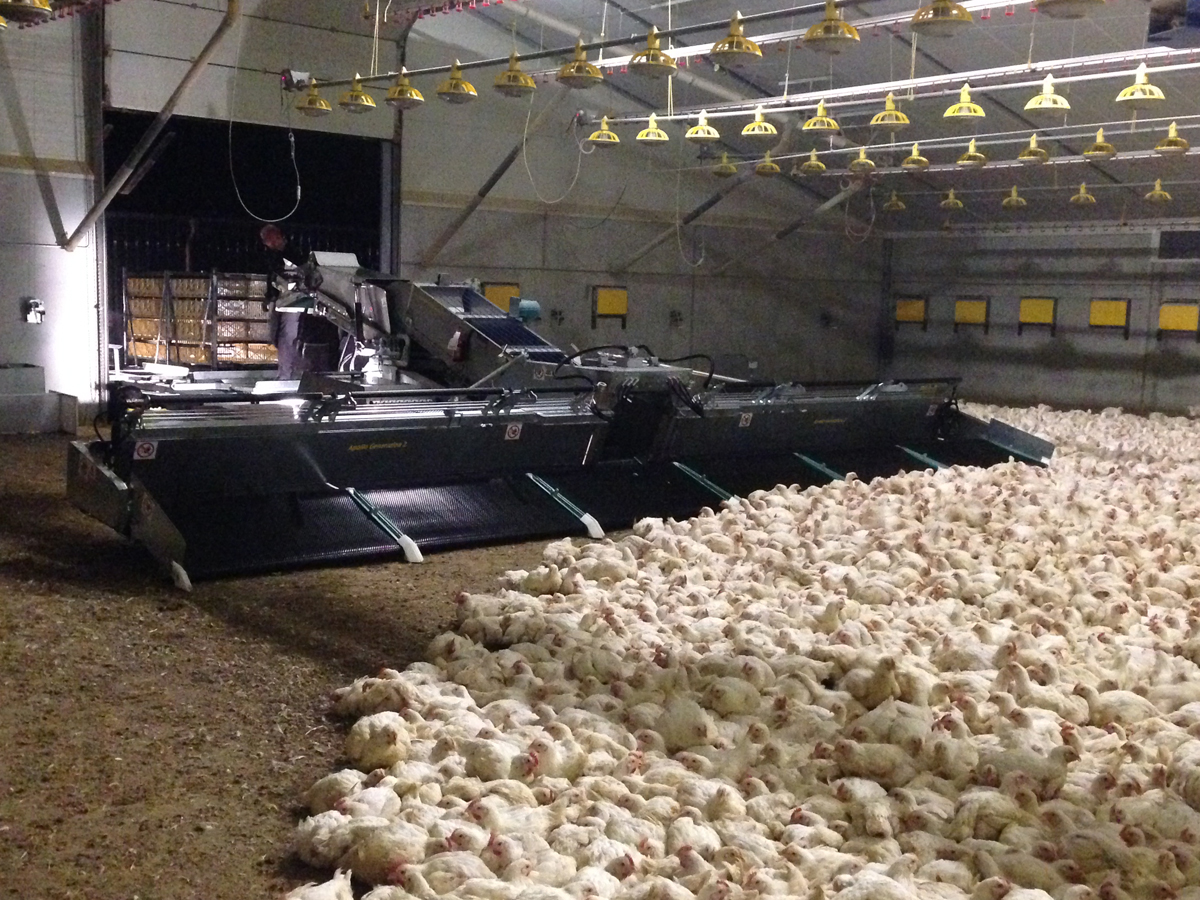1
The place of animals in relation to left movements has been highly uncertain. On one hand, there has been at least some historical ambivalence from the organised left around animal welfare as essentially a bourgeois pursuit, something that was reflected in Marx’s brief comments on the issue in Capital, Vol.1 (also on this see Gunderson 2011). There has also been a deeper problem in how the left has conceptualised animals within capitalism, particularly the question of whether animals labour, and how this is understood. Again, this problem has some fundamental roots within Marx’s philosophy: it is well known that the 1844 Manuscripts very clearly articulate a supposed fundamental difference between how humans and animals labour, attributing a capacity for conscious creative work only to humans. A number of scholars have made admirable attempts to both challenge Marx’s anthropocentricism and imagine animals as labouring subjects, including Ted Benton, Donna Haraway, Jocelyne Porcher and Kendra Coulter. I believe much of this work is in sympathy with recent green scholarship which has attempted to understand the relations between capitalism and non human natures, such as the recent work of Jason W. Moore. What strikes me as curious in surveying the small but growing work on animals, labour and their relation to capital, is the lack of analysis of the specific value-role of animals, not merely as commodities but as producers of value (i.e. labourers). I should say that I am less interested in the question “Do animals labour?” From my view this question misses something fundamental. The point of Marx’s analysis is to understand the value-role of labour within the context of capitalism. In other words, the important question is “What is the value of animal labour power?” Indeed, as Brian Whitener has recently pointed out, there is a need for a developed “animal labour theory of value”. In my recent article in South Atlantic Quarterly I attempt precisely this sort of analysis of how animals might function as producers of value. While it may be tempting to begin this analysis by examining animals who are deployed within production as instruments of traction – such as the continued use of draught animals within small hold farming globally – my object of analysis is the much more complicated problem of human utilisation of animals for food. It may be disorienting to imagine food animals as labourers. For example, how might we conceptualise a chicken kept in a small cage, intensively fed, and ultimately destined to be slaughtered for food, as a “worker”? However, recent theoretical developments in conceptualising labour offer some useful tools for thinking about this problem. Scholars such as Melinda Cooper and Les Beldo have theorised the body and its metabolism as sources of surplus. In addition, feminist labour theorists have explored how a work on one’s own body within reproductive labour functions within circuits of capital: for example Amrita Pande’s analysis of commercial surrogacy. Building on this work, my argument is that we can understand the labour of food animals by comprehending the unique way capital [...]
You must log in or register to comment.


